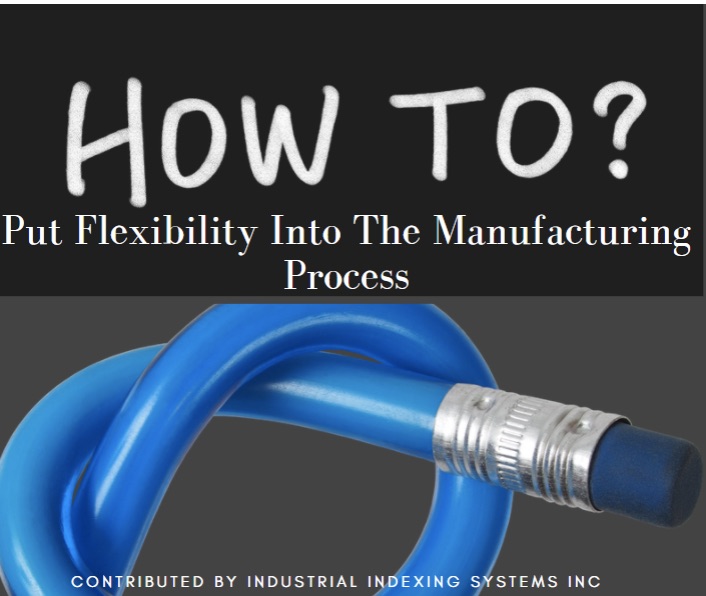HOW TO: Put Flexibility Into The Manufacturing Process
- Published: November 24, 2021
 Conventional packaging equipment may not provide a simple way to handle product size variations quickly, resulting in unproductive setup times.
Conventional packaging equipment may not provide a simple way to handle product size variations quickly, resulting in unproductive setup times.
The solution is flexibility. The core of flexibility lies in the underlining capability of the automation system. Its functionality and the speed to execute it are crucial for the repetition rates needed in today’s manufacturing equipment. Operations include:
- Controlling web tension
- Printing multiple colors
- Registering for die-cutting
- Applying glue spots on the fly
- Die-cutting finished products
- Forming finished products
Synchronized motion of material, forming processes, and coordinated electrical and servo actuated systems to punch, seal, cut, glue, stack, and wrap give flexibility. Different sized products requiring unique settings are accommodated quickly by selecting from a library of recipes on the screen. Make needed adjustments on the operator’s terminal to suit the process, and you can save them for future product runs.
How does the controller achieve this functionality? Comparing a mechanical similarity forms a good picture of what is happening in the realm of software. The software configures and reconfigures actions that are allowed by design to perform. These various actions are programmed to duplicate many mechanical efforts with sequences from the controller’s library of functionality.
The examples in (Figure A) illustrate some of the software functions available on all IIS controllers as functional block commands.
Common to all blocks are the Source Position representing a rotating input value such as a motor, an encoder, resolver, or a software-generated ‘pseudo motor.’ The Lock Control engaging or disengaging the function, and the Lock Method controlling how and when it will engage or disengage, similar to a clutching method.
Software functions include setting gear ratios, executing Cam tables, and controlling Programmable “limit” Switches. Multiple functions can be instigated, enabled, and executed at the same time in the controller.
Gear Ratio Function
Ratio values range between 0.0001 to 10000. Any motor on the drive network can use output B (Figure A) as its source. This locking method is available to perfectly sync two shafts together recording A’s position and accelerating B enough to catch up before locking. For web tension using two motors, connect one pseudo-motor as a source to both motors through separate gear ratio functions. Then, apply a small ratio difference between both to cause and control the tension.
Electronic CAM Function
Continuous positioning of a motor axis along a path using a table of data simulating the function of a mechanical cam. The Source Position addresses the electronic cam table using linear interpolation between data points for smooth transitions. Using three electronic cam tables on three servomotors will create a three-dimensional path. Multiple cam tables can be switched in and out with smooth transitioning in real-time.
Programmable Output Function
Two main functions in this block feature:
- Synchronizing a digital output to turn on and turn off at positions along a path.
- Turning multiple digital outputs on and off based on time.
Unproductive setup times are reduced by providing flexibility using advanced software functions.
Christopher Englert, Director of Sales & Marketing. Industrial Indexing Systems Inc., Victor, N.Y
Copyrighted © 2021 by Industrial Indexing
Systems, Inc. Victor, N.Y




